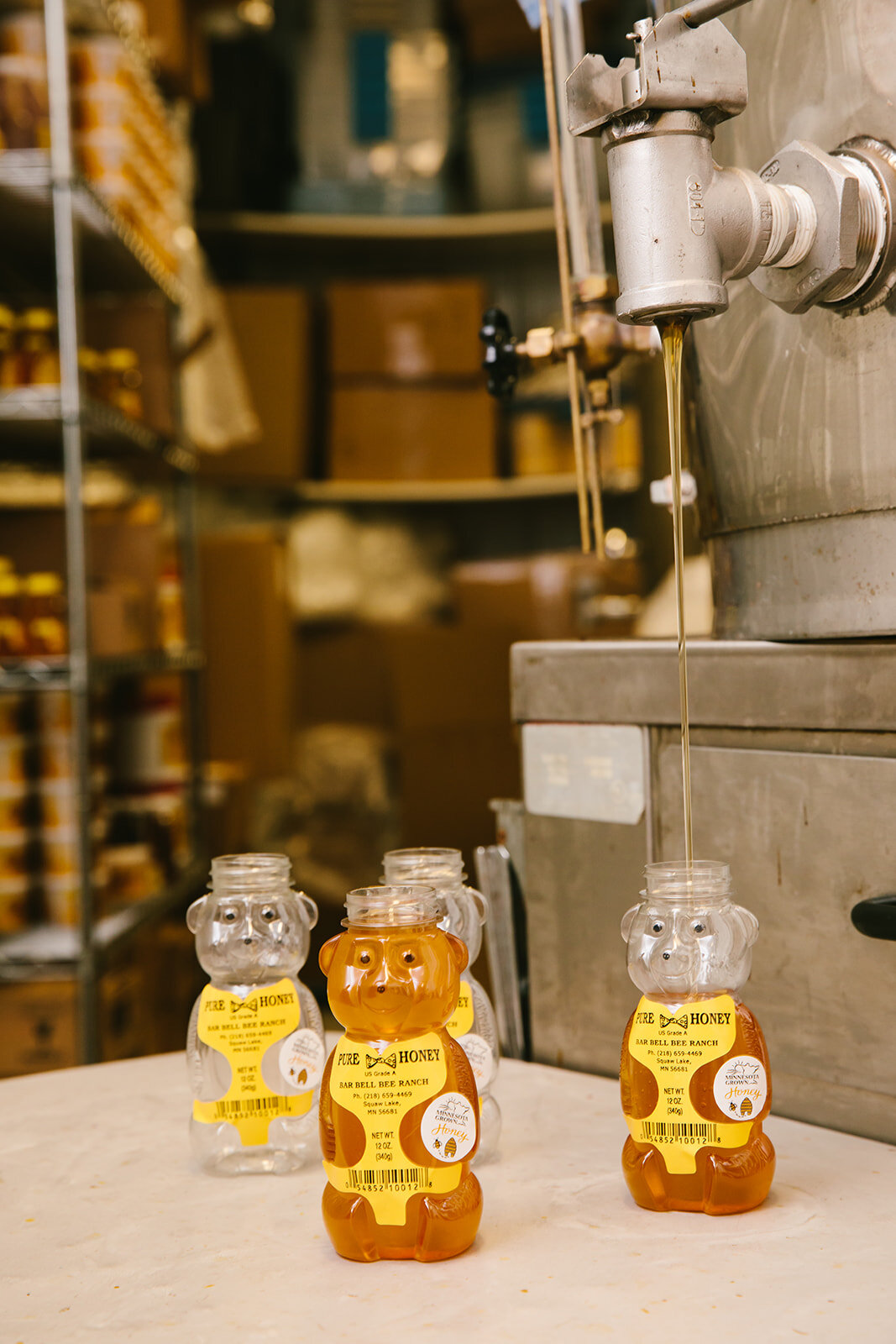Links for Learning
The world of bees is vast with information. bee keepers have to stay in the know on everything from legislation in agricultural support, to products and methods for better bee keeping. Below are links that anyone interested in learning more about bee keeping and apiary support should look into
Minnesota Bee Keeping
Minnesota is one of most supportive and innovative states on honey bee support and education. The University of Minnesota's Bee Lab with Dr. Marla Spivak at the helm, they are making strides in bee research that are unparalleled anywhere else in the United States.
Watch Dr. Marla Spivak's Ted Talk HERE
University of Minnesota Bee Lab
Minnesota Honey Producers Association
In early April the bees return from California, with snow still on the ground, it seems like nothing is blooming, and just like that bees show up with pollen and reassures us that Minnesota will see spring!
When it seems as though you have saturated yourself with information, there is something new to learn and adopt in to practices. Bee keeping is a growing and evolving industry, it's important for bee keepers to stay informed, current and connected.
There are over 1.3 million acres of almonds growing in California, and to produce the actual almonds these trees need to be pollinated by bees. Read more about this partnership between almond growers and bee keepers at the Almond Board of California’s website.
California Almond Information
Almond Board of California
Frequently Asked Questions
Q: what are the different varieties of honey and how are they made?
A: If there is a floral / nectar source there can be a variety of honey; however as a bee keeper, we do not always harvest all honey. Check out the National Honey Board LINKED HERE for more information on this process, it is as complex as it gives beautiful results.
Q: where do the bees go during the minnesota winter?
A: Bar Bell Bee Ranch sends the bees to the Central Valley of California; Los Banos. We have entrusted a bee broker to assist with the arrival and placement of our bees in holding yards, and into almond orchards, when the time comes. There are bee keepers that winterize their bees, and even Bar Bell Bee holds a few hives back; specifically the top bar hive, it is kept in a warm, dry place away from the elements. LINKED HERE is more information about how to successfully winterize hives.
Q: how can I use honey in my every day life?
A: Honey by itself has endless uses; not just as a spread on toast or a sweetener in tea, but also as a beauty product ingredient, health supplement and nearly complete replacement for refined sugar! LINKED HERE is a honey converter; make the switch today and your body with thank you. A few ways we like to use honey in our house include;
Crackers and cheese
Melted with peanut butter and drizzled on popcorn
Replacing sugar in our jams, jellies, and even pickled beets
As a sweetener in our coffee and sun brewed ice teas
Slathered on salmon, a pork loin or sweet potatoes and grilled to perfection






